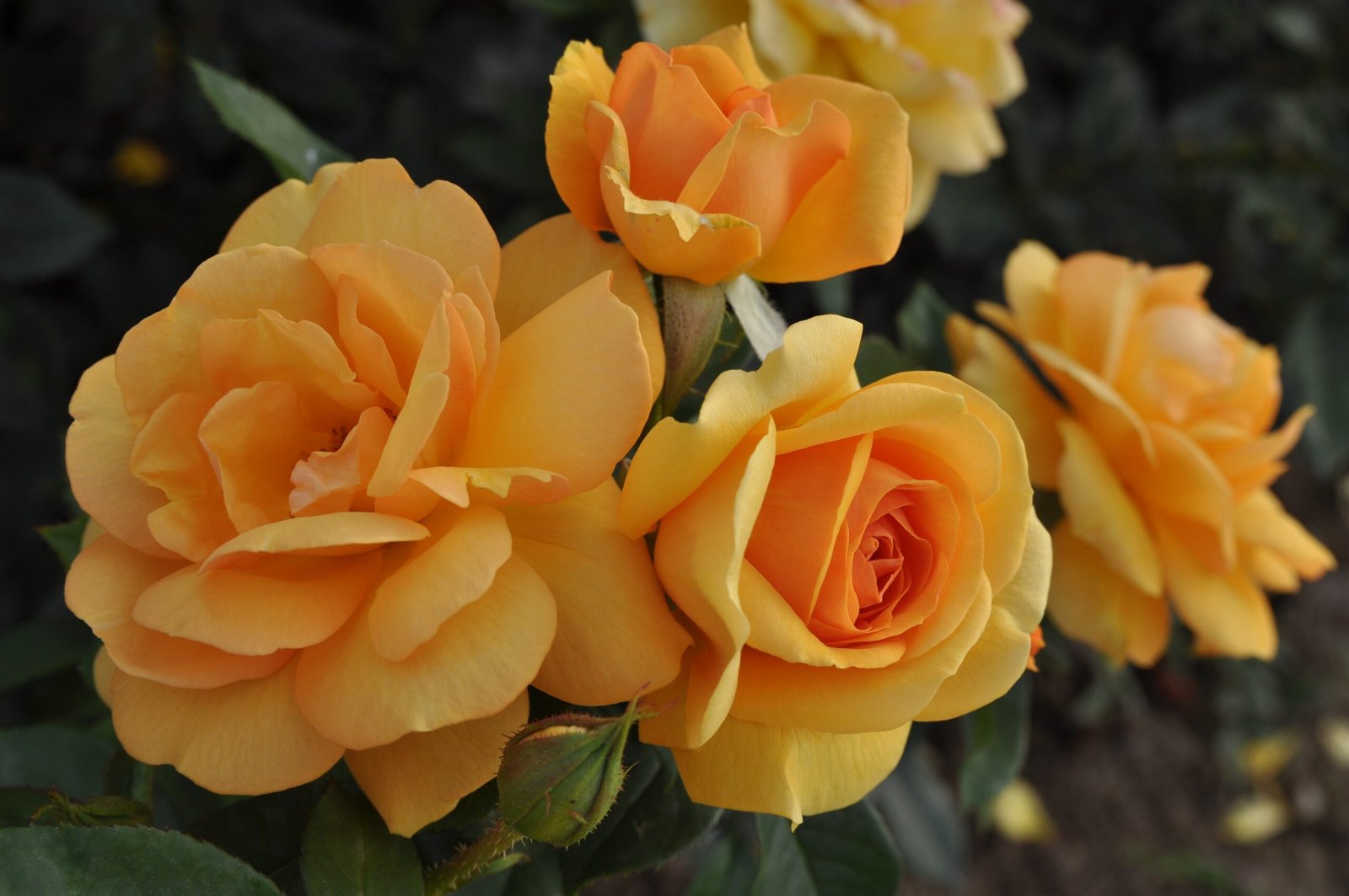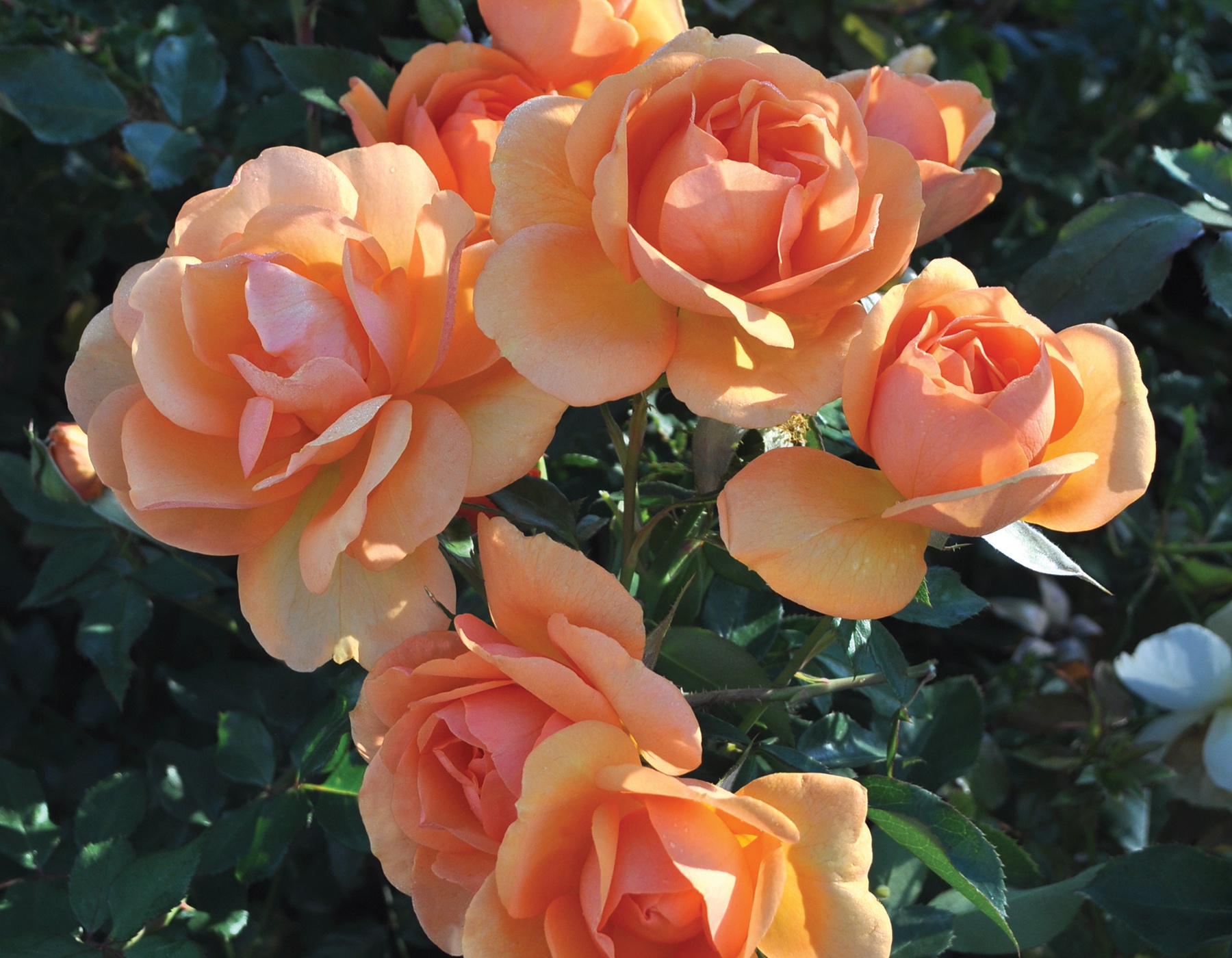How to Plant Roses in South Africa

Roses are a classic choice for any garden, and with the right care, they can thrive in South Africa. Here are some tips on how to plant roses in your garden:
1. Choose a sunny spot in your garden that has well-drained soil.
2. Dig a hole that is twice as wide as the root ball of your rose bush.
3. Mix some compost into the soil that you removed from the hole.
4. Gently remove the rose bush from its container and loosen the roots before planting it in the hole.
5 Fill in the hole with soil, tamping it down around the base of the plant.
- Find a sunny spot in your garden that has well-drained soil
- Prepare the soil by adding some compost or organic matter to it
- Plant your roses at least 60cm apart so that they have room to grow
- Dig a hole that is twice as wide as the root ball of your rose bush
- Gently remove the rose bush from its container and loosen the roots around the edges of the root ball
- Place the rose bush in the hole and fill it with soil, gently pressing it down as you go so that there are no air pockets around the roots
- Water well to settle the soil around the roots
When and why to prune roses in South Africa? Ludwig Taschner teaches Kyle Moolman the Garden Guy
What are the Best Roses to Plant in South Africa
There are many roses that do well in South Africa, but some are better suited to the climate than others. For example, hybrid tea roses and floribunda roses tend to fare better in cooler climates, while rugosa roses and shrub roses are more tolerant of heat and humidity. When choosing roses for your garden, it is important to consider the climate where you live and choose varieties that will do well in those conditions.
When is the Best Time of Year to Plant Roses in South Africa
The best time of year to plant roses in South Africa is spring. This is because the weather is not too hot and not too cold, which means that the roses will have a better chance of surviving.
What Soil Type is Best for Planting Roses in South Africa
When planting roses in South Africa, it is best to use a soil type that is high in organic matter. This will help the roses to thrive in the hot, dry climate. The ideal soil type for planting roses in South Africa would be a sandy loam or clay loam.
These types of soils have good drainage and retain moisture well.
What is the Average Lifespan of a Rose Bush in South Africa
The average lifespan of a rose bush in South Africa is about 12 years. However, some varieties of rose bushes can live for up to 20 years or more with proper care.
What is the Best Time of Year to Plant Roses in South Africa?
The ideal time for planting roses in south africa is during late autumn or early winter, typically around May or June. This period offers cooler temperatures and higher rainfall, providing optimal conditions for establishing and nurturing roses. By planting your roses during this time, you increase their chances of thriving and producing beautiful blooms.
What Pests And Diseases are Common to Roses Grown in South Africa
Roses are one of the most popular flowers in the world and South Africa is no exception. Roses grown in South Africa are susceptible to a number of pests and diseases, some of which can be quite serious. Here is a list of some of the most common problems that rose growers in South Africa face:
Black spot: This fungal disease affects the leaves of roses, causing them to develop black spots. Black spot is particularly prevalent during wet weather conditions. Left unchecked, it can quickly defoliate a plant.
Powdery mildew: Another fungal disease, powdery mildew appears as a white or grey powdery growth on the leaves and stems of roses. It is often more prevalent during hot, dry weather conditions. Powdery mildew can weaken plants and make them more susceptible to other problems such as black spot.
Aphids: These small insects feed on the sap of roses, causing leaves to curl and distort. They can also spread diseases such as black spot and powdery mildew. Aphids are particularly difficult to control because they reproduce so rapidly.
Thrips: Thrips are tiny winged insects that feed on the flowers and young leaves of roses (and other plants). They can cause damage by stunting plant growth or by distorting flower petals. Thrips can also spread viruses from one plant to another.
Japanese beetles: These voracious pests attack both the foliage and flowers of roses (and many other plants). Japanese beetles can quickly skeletonise a plant if left unchecked. They are particularly difficult to control because they fly long distances in search of food sources.

Credit: www.starrosesandplants.com
Conclusion
Roses are a popular choice for many gardeners in South Africa. They come in a wide range of colors and sizes and can be used to create stunning displays. Planting roses is not difficult, but there are a few things to keep in mind to ensure success.
When choosing a rose, it is important to select one that is suited to the climate in South Africa. There are many different varieties of roses, so do some research to find the best option for your garden.
Once you have chosen a rose, prepare the planting area by digging a hole that is twice as wide as the root ball and deep enough to allow the roots to spread out.
Add some compost or well-rotted manure to the hole before planting.
When you are ready to plant, remove the rose from its container and loosen any tightly bound roots. Place the plant in the hole so that the graft union (the point where the roots meet the stem) is just below soil level.
Backfill with soil and water well.
If you want your roses to bloom continuously throughout summer, deadhead spent flowers regularly. This involves removing faded blooms and cutting back any stems that have flowered already.
With proper care, your roses will thrive and provide you with years of enjoyment!
